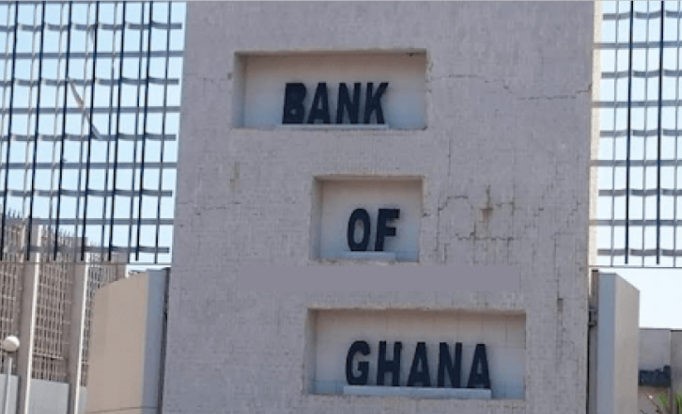The annual growth of banks stock of gross loans and advances increased from 15 percent in August 2019 to 15.6 percent in August 2020.
This depicts a year-on-year increase of approximately 60 basis points (0.6%).
This was captured in the recent Banking Sector Report released by the Bank of Ghana.
The stock of gross loans and advances figure excludes the loans under receivership following the revocation of the licenses of some defunct financial institutions during the financial sector clean up and bailout, the Bank of Ghana mentioned.
“Gross loans and advances recorded a measured contraction of 0.4 percent in the year to August 2020 against a 6.5 percent growth for the same period in 2019, due partly to the repayment of considerably high short-term public sector loans and a weak demand for credit from the pandemic-induced slowdown in economic activity,” the Bank of Ghana mentioned.
Furthermore, the Banking Sector Report indicated that private sector credit shot up from 12.4 percent growth recorded in August 2019 to settle at 14.1 percent in August 2020, representing an upsurge of 1.7 percent yearly.
Growth in public sector credit, however, moderated, declining from 46.6 percent in August 2019 to 29.8 percent in August 2020, the Bank of Ghana opined.
During the first eight months of the year 2020, the private and public sector credit recorded a year-to-date growth of 1.9 percent and negative 16.2 percent, respectively. This translates to a contraction in public sector credit, the report added.
“The sharp contraction in public sector credit as indicated above was due to repayment of a one-off short-term public sector loan in the first quarter of 2020, which was borrowed, during the fourth quarter of 2019”.
Compared to the previous year’s growth, from January to August 2019, this was much lower, logging in a year to date growth of 5.3 percent and 19.2 percent, respectively.
The Bank of Ghana intimated that “in terms of market share, private sector credit continued to dominate at 89.2 percent, from 90.4 percent share a year earlier, while the share of public sector credit inched up to 10.8 percent from 9.6 percent”.
“The modest growth in private sector credit reflected weak demand,” the Bank of Ghana cautioned.
“It is worth stating that the marginal slowdown in year-to-date growth in total credits reflected significant repayments and reduced borrowings by clients who have experienced a downturn in business activity due to COVID-19”.
New advances recorded in 2020, however, reflected higher amounts, rising to GH¢20.9 billion, against GH¢15.8 billion advanced during the same period in 2019.
In terms of the share of credit amongst sectors, the report shows that “the services sector continued to have the highest share of credit, followed by the commerce and finance sector”.
“Together with the manufacturing sector, these three sectors accounted for 58.3 percent of total credit with respective shares of 27.3 percent, 19.9 percent, and 11.1 percent as at end-August 2020. The other economic sectors accounted for the remaining 41.7 percent in various proportions,” the report added.

The Bank of Ghana also alerted that the “mining and quarrying sector remained the lowest recipient of industry credit with a share of 3.1 percent at end-August 2020”.
The Bank of Ghana further asserted that “The industry’s exposure to credit risk moderated in August 2020 relative to August 2019. However, the year-to-date assessment shows that the non-performing loans (NPL) ratio continued to inch up for the most part of this year due largely to the COVID-19 pandemic-induced slowdown in credit growth and higher loan loss provisions arising from repayment challenges. A marginal reduction was, however, recorded in the NPL ratio in August 2020 from the June 2020 position”.





















